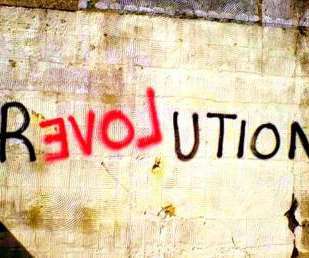An Evolution of Evaluation in Grantmaking With a Participatory Lens
sgEngage
OCTOBER 9, 2023
A Shared and Flexible Understanding of Impact As practitioners of and advocates for participatory philanthropy, we believe there’s a better way. Like many other activities in participatory philanthropy, this approach considers the process to be as important as the outcomes. It promotes mutuality instead of extraction.















Let's personalize your content